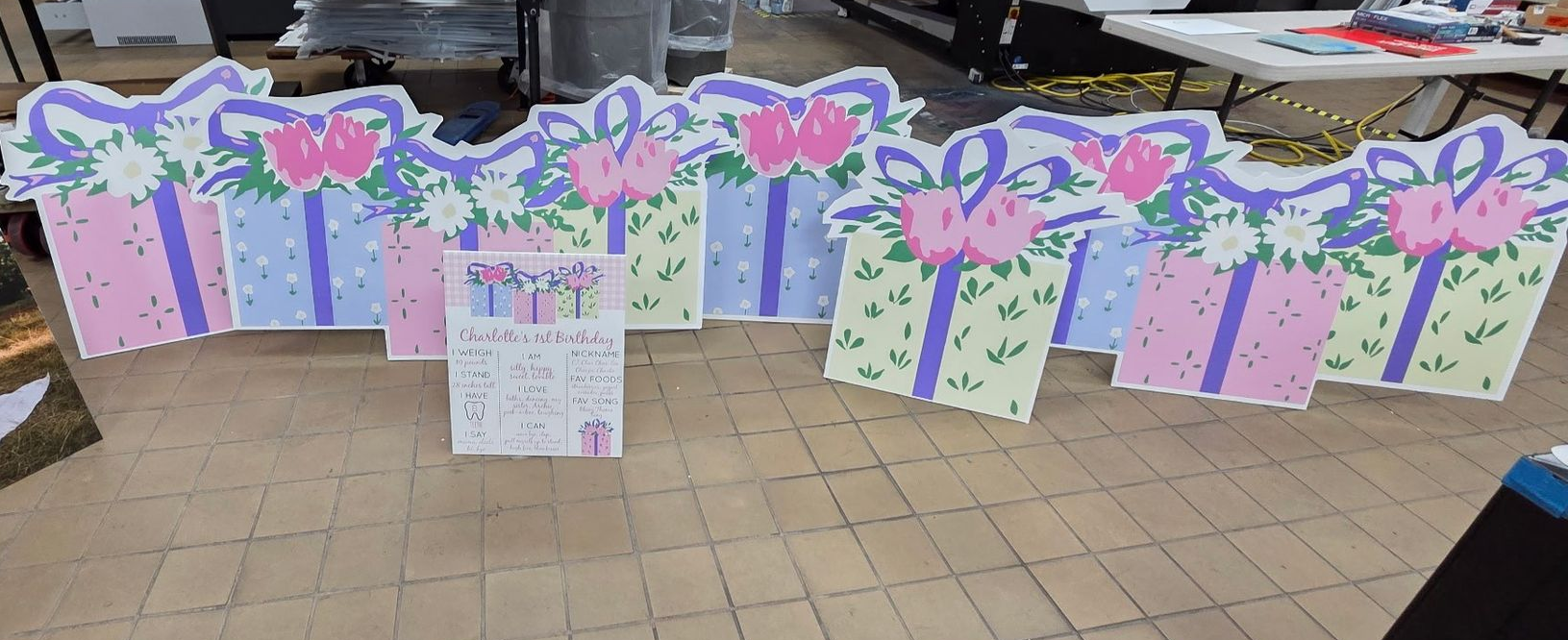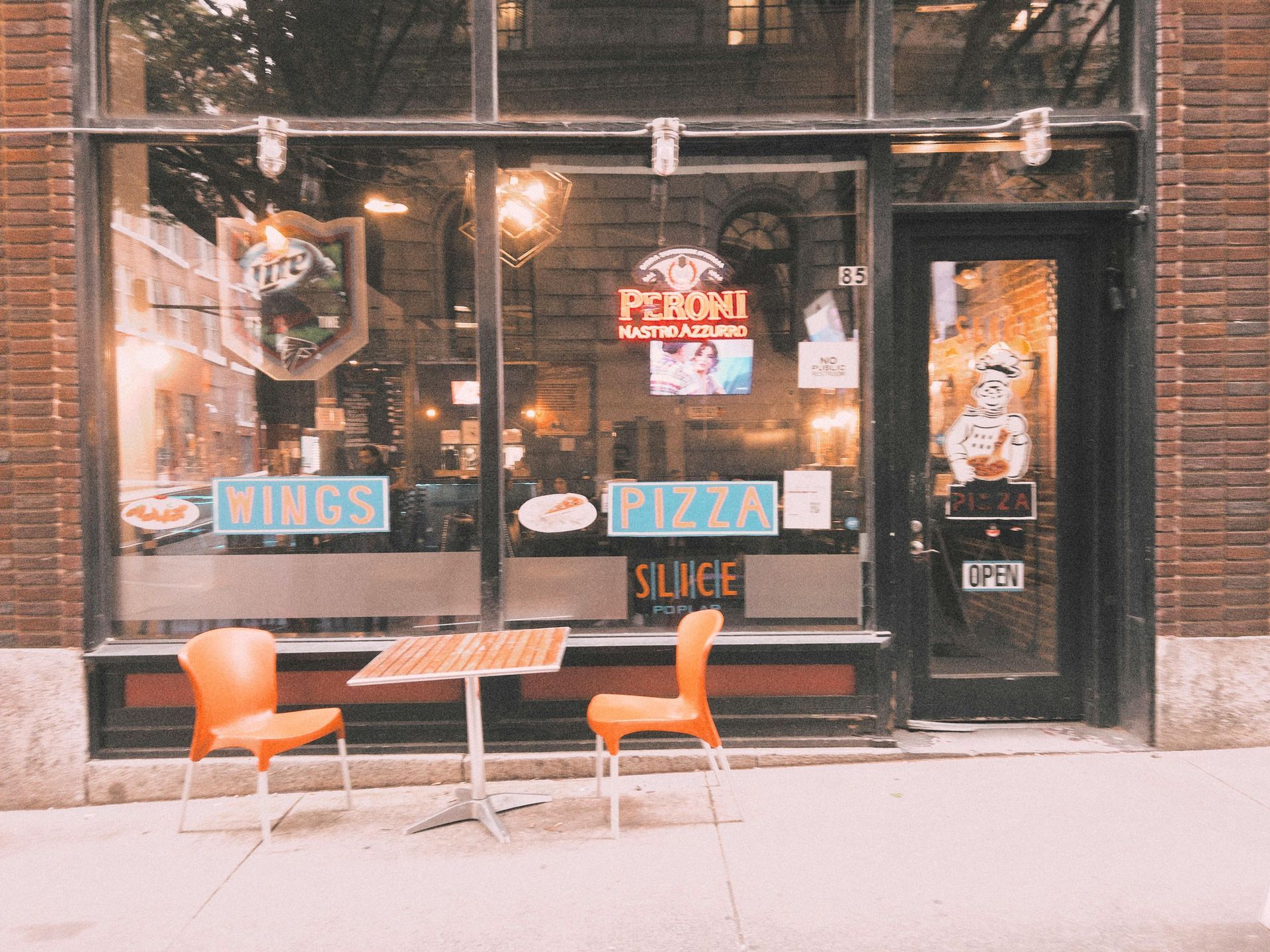Are Your Walls Talking?
Get Creative with Custom Wall and Window Graphics – Affordable Wall and Window Graphic Design, Printing, and Installation

Visuals are incredibly important to your marketing and branding strategy, regardless of the industry you are in. This applies not only to the marketing materials you send out to potential customers but also to the design of your retail space.
Custom wall banners are an affordable way to make your store's space more exciting and develop a visual presence that customers will remember. For your banner to make a truly great impression, it needs to be unique and exciting. Here are some ideas you can use on your custom wall banner.
Let art take center stage!
It's tempting to let your company's name and other text take over your banner, but that can be difficult for customers to read. A wall of text can also look very overwhelming on a banner. Do something different by letting your company's artwork be the focus. This will be much more visually appealing, and it will also show off your refined taste and style.
Play with unique color palettes. The color on your banner should complement the design of your store, and this is a great opportunity to really have fun with your design. Colors make a bold statement without any words at all, and you can use pastels, neon’s, or even grayscale to communicate your brand's vision and mission in a tasteful way. If you are unsure of what color palette to use, let one our graphic designers help you. They will be more than happy to give you some input on what's most appealing on a banner.
Fonts make a huge impact.
When you use a font that customers have seen before, it takes away from the uniqueness of your company. Spend time looking for a font that will truly differentiate your business from others in the industry. The font you use will really say something about the type of company you are and the image you want to portray, so it's not something you should neglect.
Another way to get creative with your custom wall banners is by printing multiple banners and combining them together to create one image for a larger-than-life presence. This gives you much more space to work with and ensures that the banner will catch the eye.
Custom wall banners are just one part of a larger print marketing strategy that you can use to draw in new customers. Call us today to start creating beautiful custom marketing tools for your business!



